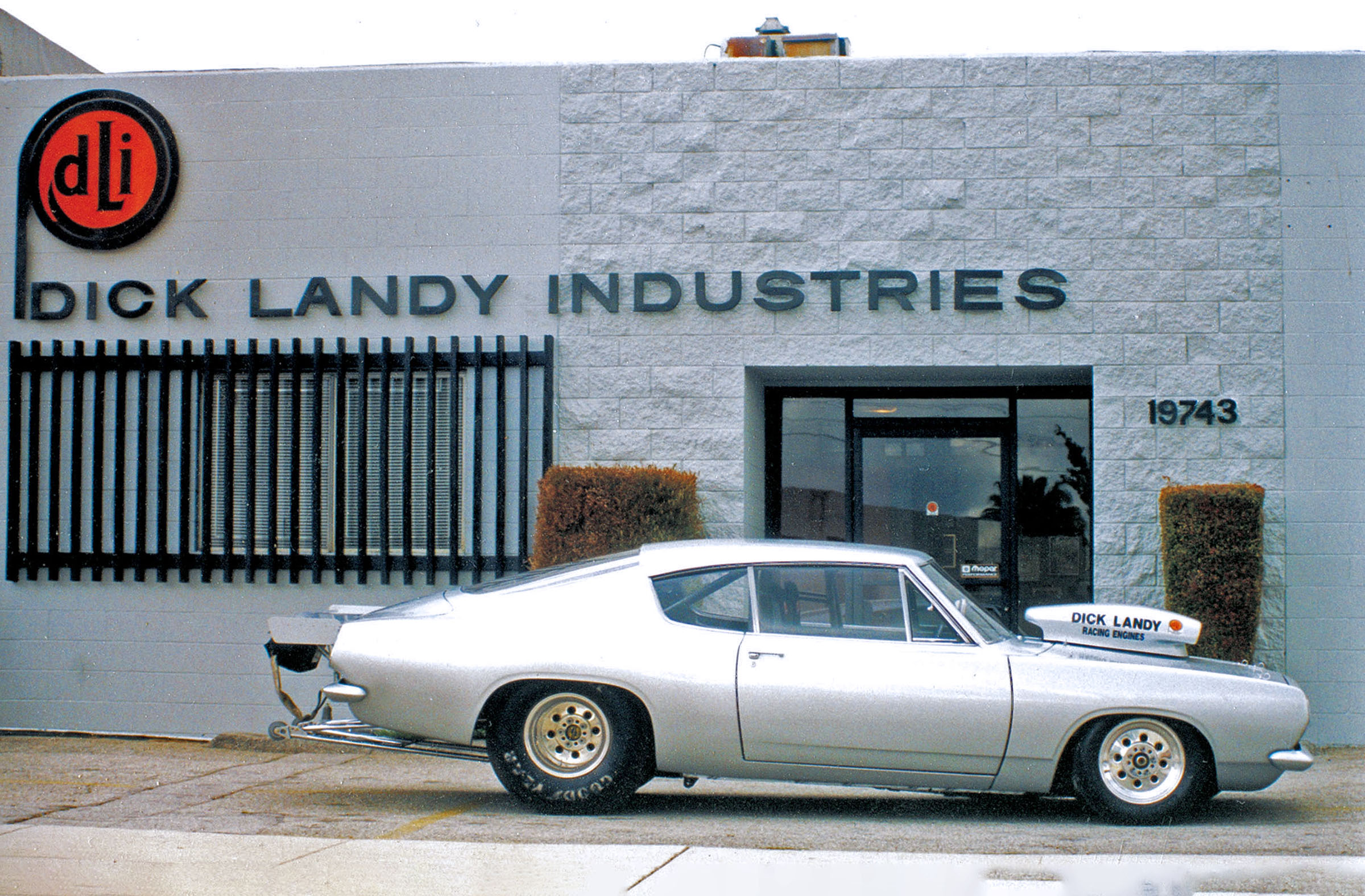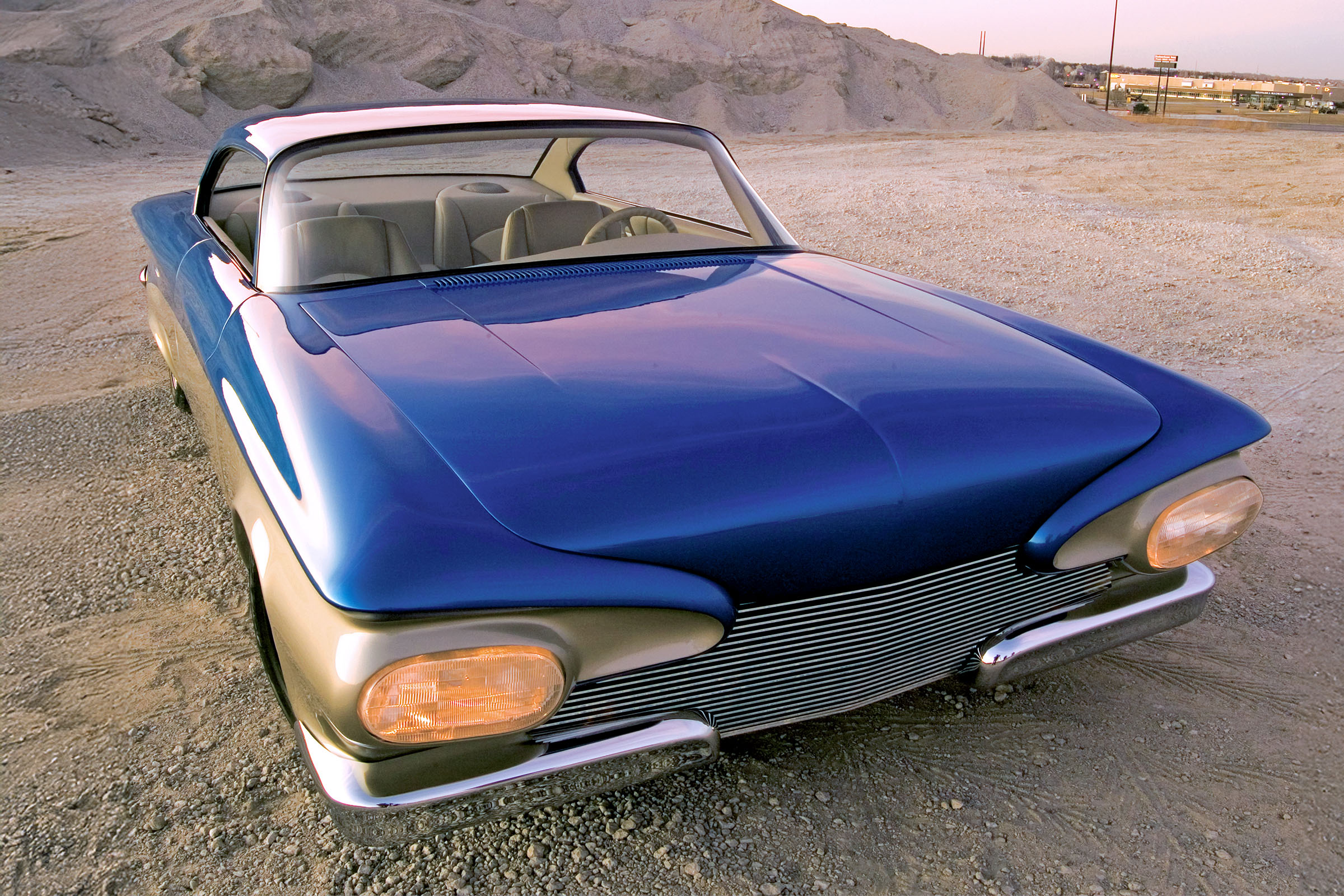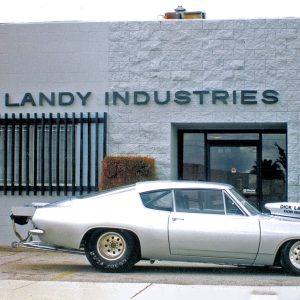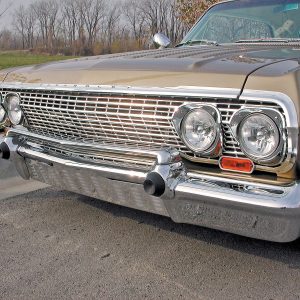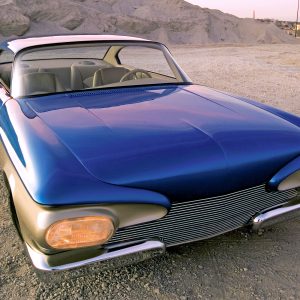How to Install Air Conditioning in a ’68 Camaro

The folks at Vintage Air in San Antonio have been cooling the passenger compartments of all manners of hot rods for nearly 30 years, which has led the company’s line of air conditioners to become highly respected throughout the automotive aftermarket.
In recent years, as older cars have become scarcer and more expensive, later-model vehicles are gaining in popularity. One of the most popular of these cars is the first series ’67-’69 Camaro, but even those are getting more difficult and costly to come by. Back in the late ’60s when these cars were new, not many of them came equipped with air conditioning—and even then, automotive air conditioning was not what it is today.

As we all have gotten used to such creature comforts, many enthusiasts wish to upgrade their earlier Chevys to include air conditioning. The only problem comes when you are trying to keep a fairly stock appearance. Vintage Air developed its Sure Fit air conditioning systems specifically for several vehicles, including the ’67-’69 Camaro. The kit comes complete with all the necessary hardware and equipment to make the new air conditioning look factory-installed. It keeps the interior looking very stock if that is what you desire.
We recently followed a Vintage Air Sure Fit installation on a ’68 Camaro at T&T Customs in Canton, Georgia. Before beginning the installation process, we first read all the instructions, and we can assure you they are very thorough. The first steps included jacking up the Camaro and placing it on jack stands. Then the radiator was drained. Next, the heater hoses, battery and all accessories attached to the inner fender panel were removed. Removal of the heater blower was next.

Now, the ’68 Camaro presents a unique situation that applies only to this particular model year. The factory-installed heater blower plenum has one bolt located under the right front fender, which requires removal of the fender to gain access. With the front fender removed, the blower plenum and motor were removed, and all the old sealer from the firewall was cleaned, making a nice surface for the new equipment to be installed. The hood latch assembly and support to gain access to the radiator area was also removed.
Work then moved to the inside of the car. T&T removed the ashtray and slider assembly, glovebox, center dash trim, radio, control panel, instrument panel and loosened the steering column. All of these items would be used, except for the glovebox. T&T did retain the three Tinnerman nuts from the bottom edge of the box for reinstallation. Next, it removed the OEM heater distribution box and defroster duct, which were both discarded.

The ’68 Camaro was equipped with an Astro Ventilation system, so the door assemblies and dash vents were also removed. The Vintage Air system would enable the use of these vents with the new air conditioner. We were then ready to begin installing the new air conditioning system.
The condenser assembly was mounted to the front of the radiator core support. Vintage Air supplied all the brackets required and it was installed using the original bolts. The hood latch assembly was then reinstalled. T&T also mounted the compressor to the engine using the supplied brackets for the 350 engine. The holes left in the firewall after the blower removal were filled with covers supplied by Vintage Air. Before installing the covers, a bead of silicone sealant was applied around the edges of each cover for a solid seal. The firewall cover, mounted from the inside, was held in place with four bolts. The cover for the fresh air vent was held in place with a special bracket that also bolted from the inside of the firewall.

The Vintage Air system utilized the original heater control panel. T&T first removed the OEM cables and the blower switch, and then installed the new switch for the heat/air. Before installing the evaporator box, the cables from the control panel to both the evaporator and the heat/defrost door were attached. The evaporator cable to activate the blower micro switch was also adjusted, and once it was verified that the cables were adjusted properly, the micro switch was wired per the instructions. The system was tested following the wiring, and all of this was done on a workbench for easy access to both the control panel and the evaporator. Once it was determined that the system worked as intended, the cables and wiring were tagged and removed.
Installation of the evaporator was next. The evaporator was rotated into position under the dash. One mounting bracket on the evaporator was attached to the radio bracket. An L-bracket had to be bolted to the underside of the dash and attached to the side of the evaporator box. Once the evaporator was installed, we were ready to attach the heater hoses and refrigeration lines.

T&T first cut two lengths of 5/8-inch heater hose (extra long). This was done to allow for routing of the hoses, and would be cut to exact length when attached to the engine. These two hoses were routed through the firewall cap, which covers the part of the evaporator that extends through the firewall. The upper heater hose was cut approximately 8 inches outside the firewall to install the heater control valve. The firewall cap came with pre-drilled holes for all the hoses, aluminum hard line and the vacuum hose for the heater control valve. An extra hole was drilled to route the vacuum hose that goes to the intake. The aluminum hard line was routed through the firewall cap and attached to the expansion valve on the evaporator. Prior to running this line, the O-rings were inserted into the connection and oiled for a secure fit. Next, the suction hose was routed through the firewall cap and secured to the outlet on the evaporator.

Once all the lines and hoses were connected, the firewall cap attached to the firewall cover with S-clips. Although it could have been reinstalled at anytime after removing the OEM blower housing, it was decided to wait until this point to replace the front fender.
Vintage Air included the remaining aluminum hard line, which is pre-bent with couplers to route the line along the fender panel and attach to the dryer located on the condenser. The compressor safety switch (on the hard line) was installed and wired to the compressor. The suction hose had to be cut to length, and the connecting fitting crimped and secured to the compressor. All that was left was to drill a hole in the firewall for the drain hose and run the wire to the binary safety switch. Another hole was drilled in the firewall cap for the switch wire.

Back inside the Camaro, the control panel, air outlet vents and defrost vents had to be installed, and the vent hoses routed. We reinstalled the control panel and connected all the wiring and cables that had been pre-adjusted. The OEM Astro vents in the ’68 Camaro were modified to become the vents for the air conditioner. The vents had a curved plenum with a cut-off louver. The curved part of the vent was cut off with a band saw. Vintage Air provided hose adapters that attached to the Astro vents with S-clips. The company also supplied new defrost ducts, which were installed with screws and silicone sealant, a center vent, instructions and templates for installing this vent. However, the owner of this Camaro chose not to utilize the center vent. T&T cut and routed the air duct hoses, then connected them to the vents. This step requires patience and planning, due to the confines of the area behind the dash. Once all the hoses were connected, the radio, steering column, center trim plate and ashtray could then be reinstalled.
Finally, T&T Customs charged the system with R134 coolant. In just a few minutes, the new Vintage Air system was blowing cold air, and from all outward appearances, the newly air-conditioned Camaro looked like it came from the factory.





